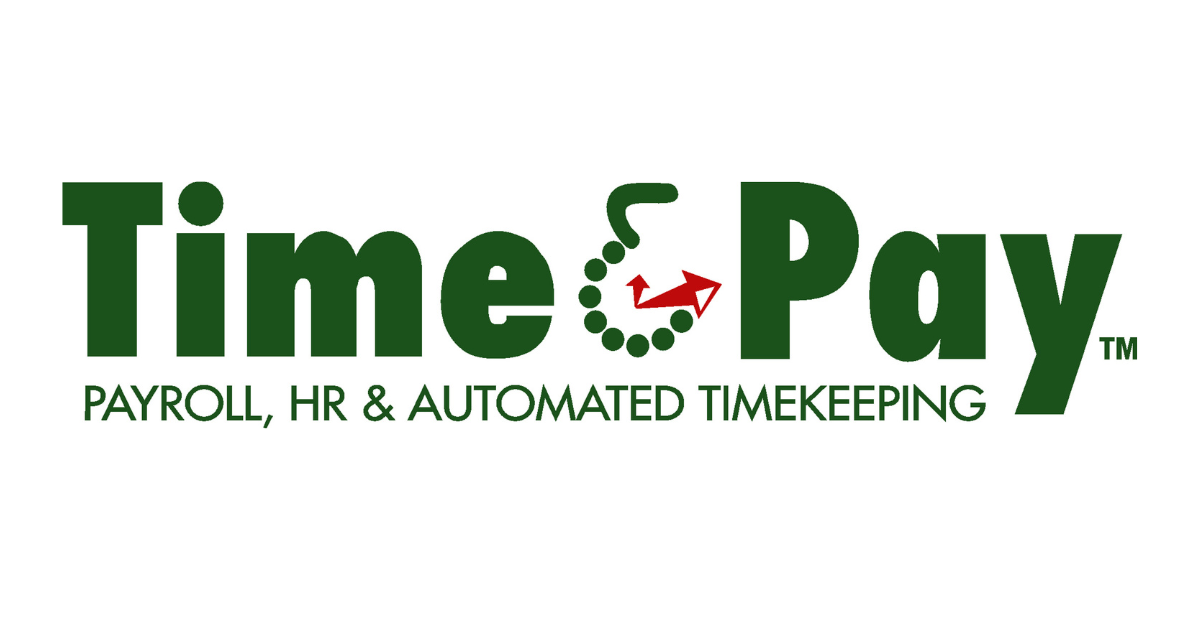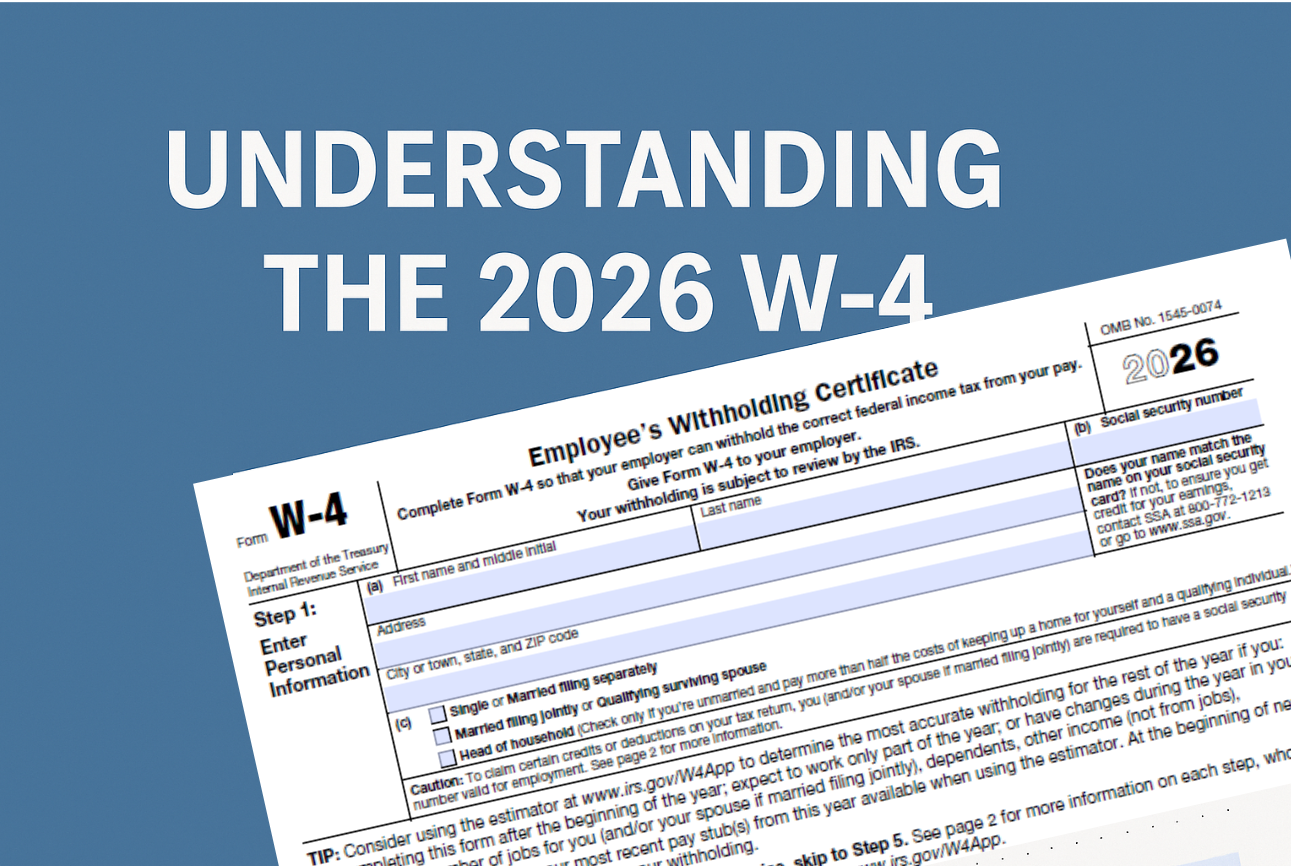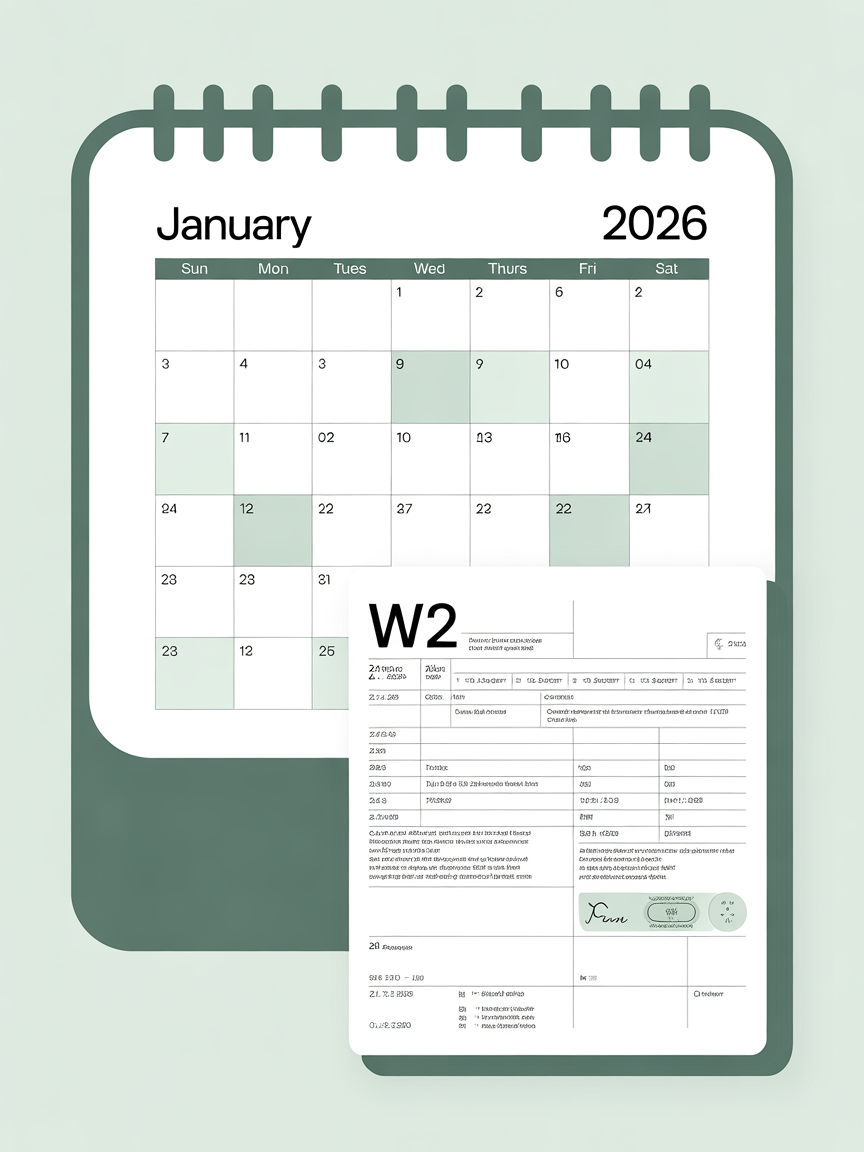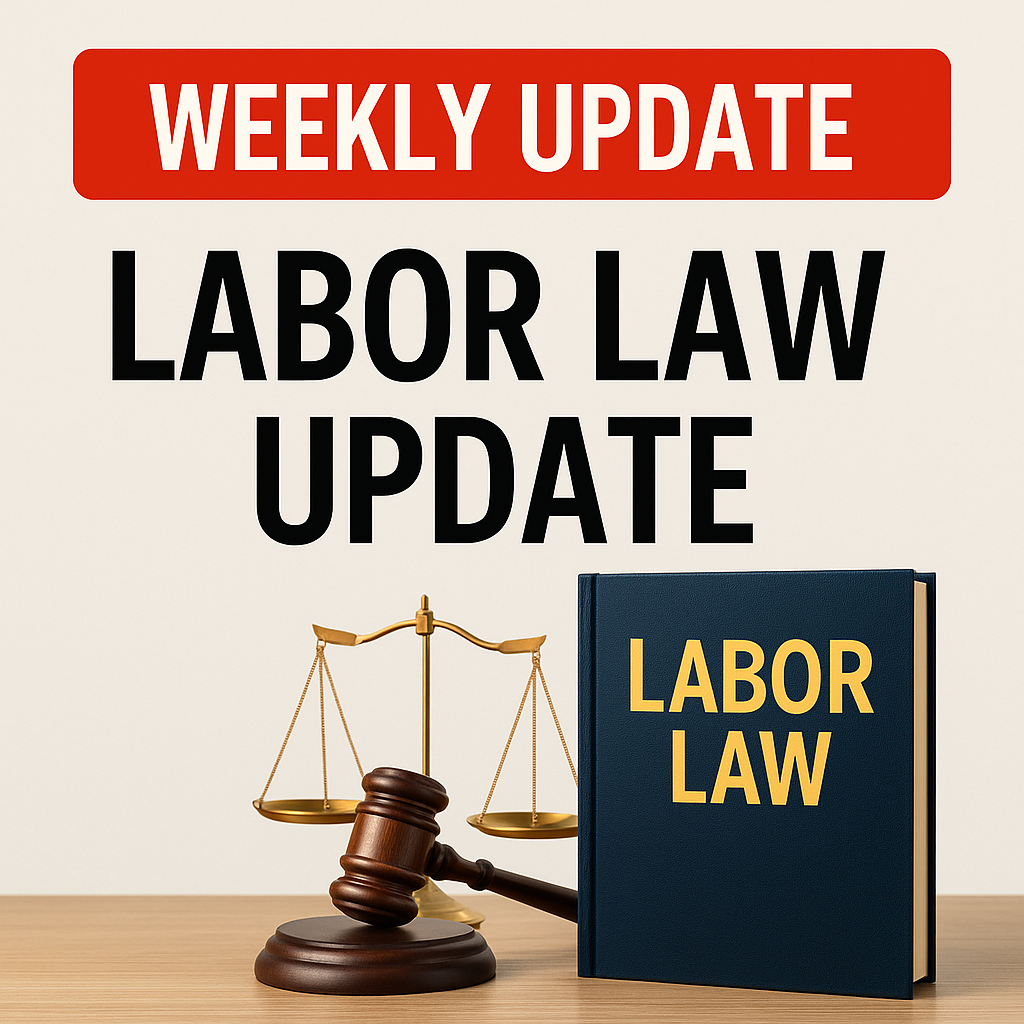ACA Reporting Made Easier: Key Updates Every Employer Needs to Know for 2025
Andy Scheu • January 10, 2025
Going Paperless: What Employers Need to Know About the New ACA Reporting Rules
On December 23, 2024, President Biden signed into law two significant pieces of legislation aimed at streamlining Affordable Care Act (ACA) reporting requirements for employers: the Paperwork Reduction Act
(PRA) and the Employer Reporting Improvement Act
(ERIA). These laws introduce several changes that will affect Applicable Large Employers (ALEs) and other entities responsible for furnishing Forms 1095-B and 1095-C to individuals.
Key Provisions of the Paperwork Reduction Act (PRA):
• Simplified Form Furnishing: Employers can satisfy the requirement to furnish Forms 1095-B or 1095-C by providing a clear, conspicuous, and accessible notice to employees, informing them that they can request a copy of the form. Upon request, the employer must provide the form by the later of January 31 of the following year or within 30 days of the request.
• Effective Date: These changes apply to forms for the calendar year 2024, which are due in 2025.
• Electronic Filing Requirement: ALEs must continue to electronically file forms with the IRS.
• State-Specific Requirements: The federal provisions do not override any state-specific requirements; employers must continue to comply with state mandates regarding form furnishing.
Key Provisions of the Employer Reporting Improvement Act (ERIA):
• Electronic Form Delivery: Employers are permitted to furnish Forms 1095-B and 1095-C electronically, provided they obtain the employee's consent.
• Alternate Information Use: If an individual's Social Security Number (SSN) is unavailable, employers may use the individual's date of birth for Form 1095-B or 1095-C reporting. However, this exception does not apply to Form 1095-C for employees.
• Extended Response Time: The response time for initial Employer Shared Responsibility Payment (ESRP) letters has been extended
If you are a Time & Pay client would like to participate in paperless deliver, please let your CSR at Time & Pay know ASAP via email. If you do choose to participate, we have provided examples of the required Employee Notices below. Please make any edits necessary in order to provide accurate instructions based on your organization’s delivery process.
Reference: SyncStream




